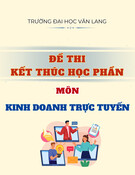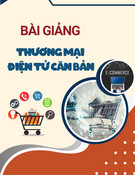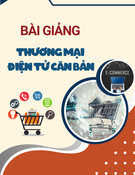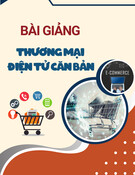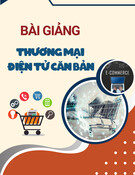
© 2008 Pearson Prentice Hall, Electronic Commerce 2008, Efraim Turban, et al.
Chapter 4
Consumer Behavior, Market
Research, and Advertisement

4-2
Learning Objectives
1. Describe the factors that influence consumer
behavior online.
2. Understand the decision-making process of
consumer purchasing online.
3. Describe how companies are building one-to-
one relationships with customers.
4. Explain how personalization is accomplished
online.
5. Discuss the issues of e-loyalty and e-trust in
EC.
6. Describe consumer market research in EC.

4-3
Learning Objectives
7. Describe Internet marketing in B2B, including
organizational buyer behavior.
8. Describe the objectives of Web advertising and its
characteristics.
9. Describe the major advertising methods used on the
Web.
10. Describe various online advertising strategies and
types of promotions.
11. Describe permission marketing, ad management,
localization, and other advertising-related issues.
12. Understand the role of intelligent agents in consumer
issues and advertising applications.

4-4
Learning about
Consumer Behavior Online
A Model of Consumer Behavior Online
Independent (or uncontrollable) variables can be
categorized as personal characteristics and
environmental characteristics
Intervening (or moderating) variables are variables
within the vendors’ control. They are divided into
market stimuli and EC systems
The decision-making process is influenced by the
independent and intervening variables. This
process ends with the buyers’ decisions resulting
from the decision-making process
The dependent variables describe types of
decisions made by buyers

4-5
Learning about
Consumer Behavior Online


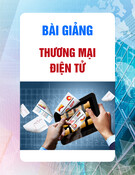






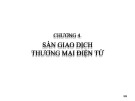
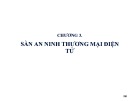
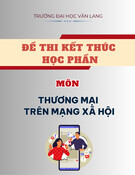

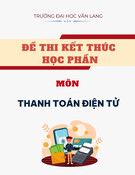
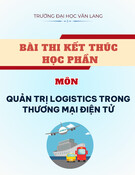

![Đề thi Chiến lược thương mại điện tử học kì 2 năm 2024-2025: [Có thể thêm thông tin chi tiết về trường/lớp]](https://cdn.tailieu.vn/images/document/thumbnail/2025/20251007/kimphuong1001/135x160/60231759811243.jpg)
